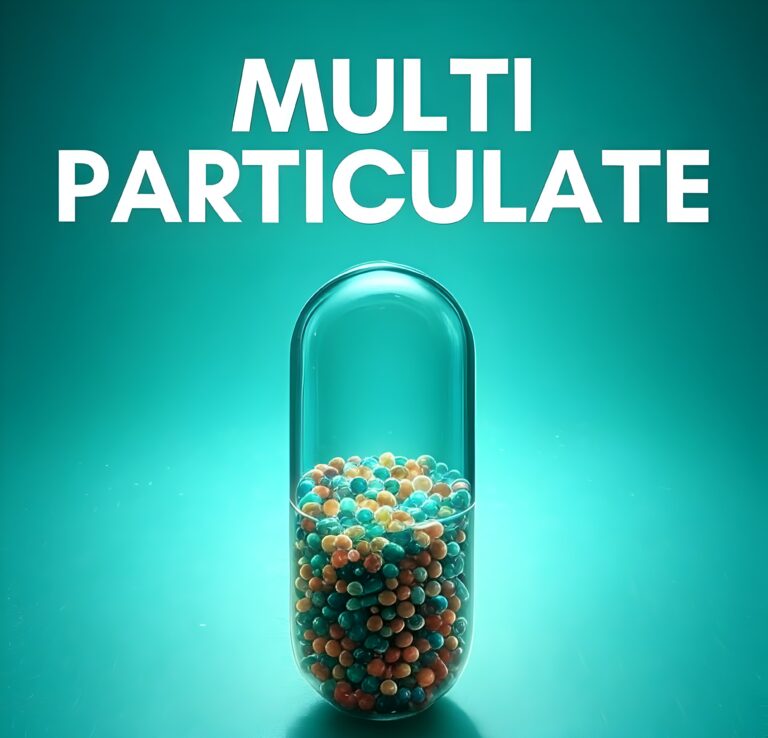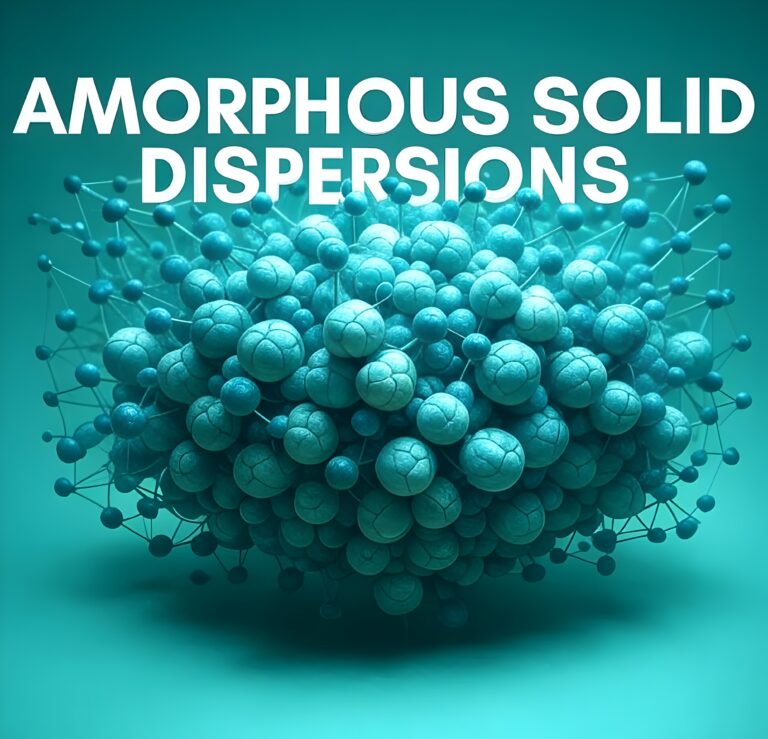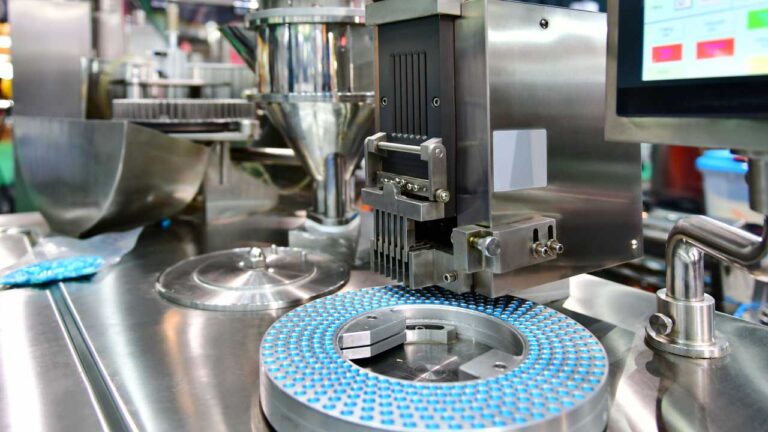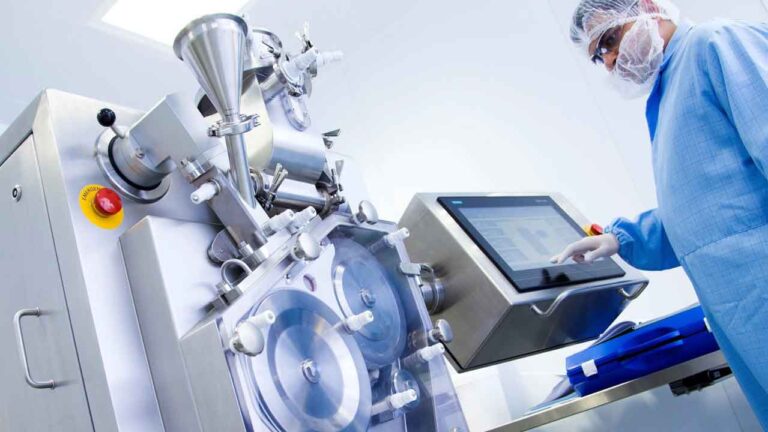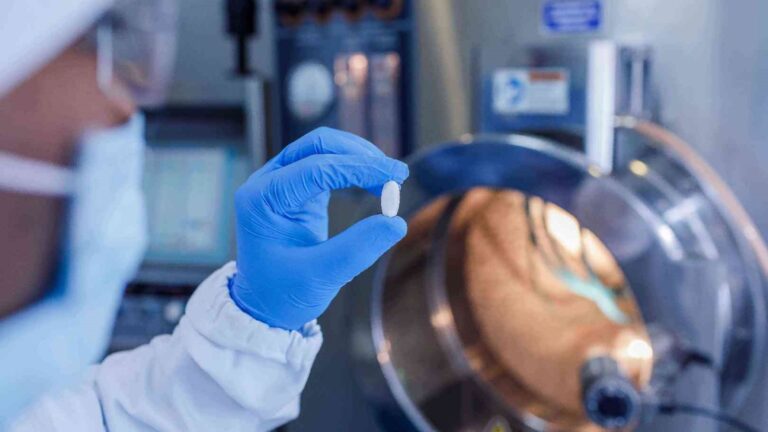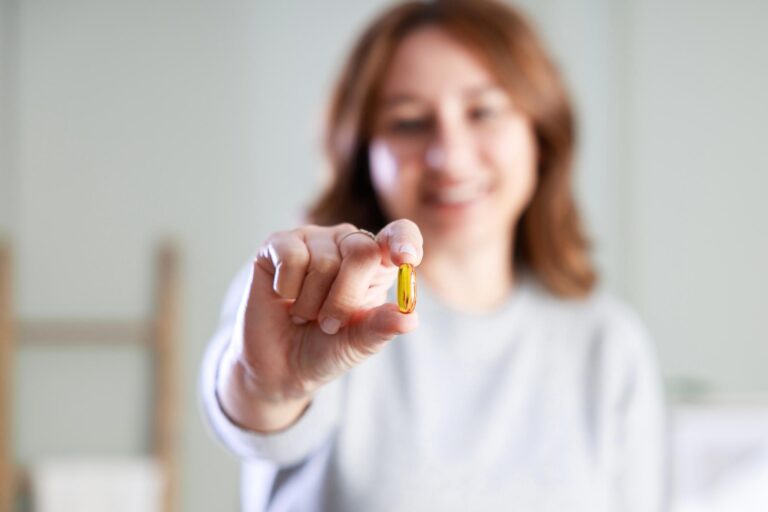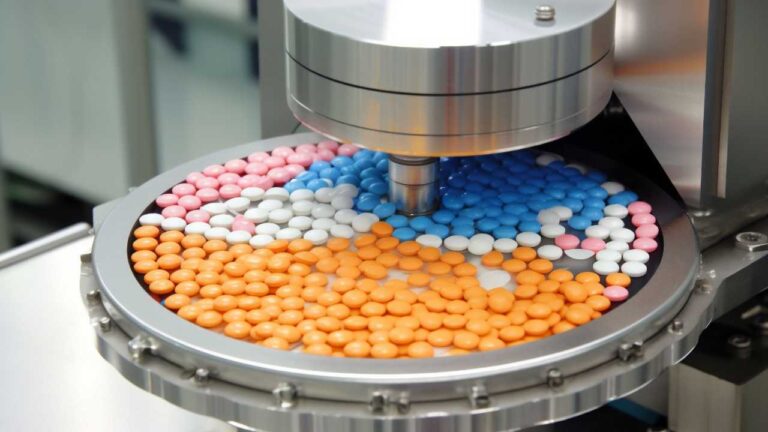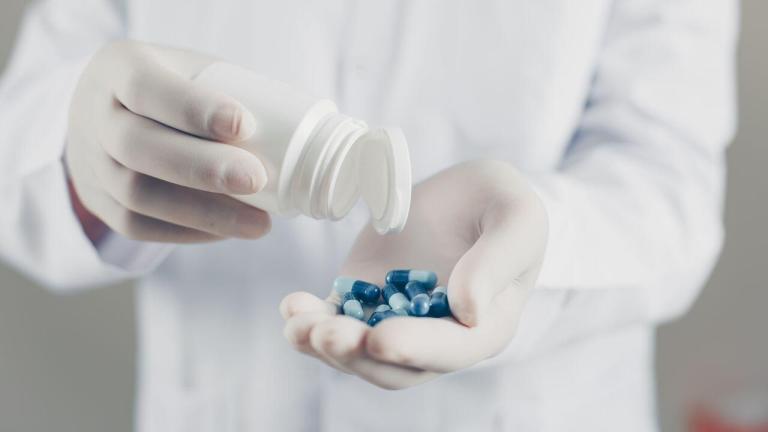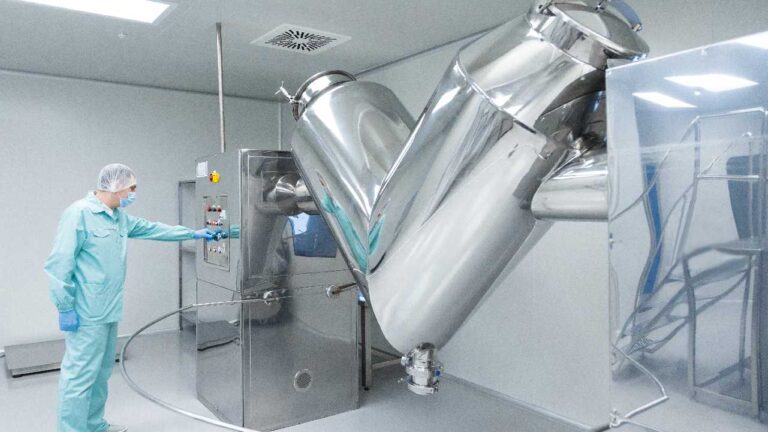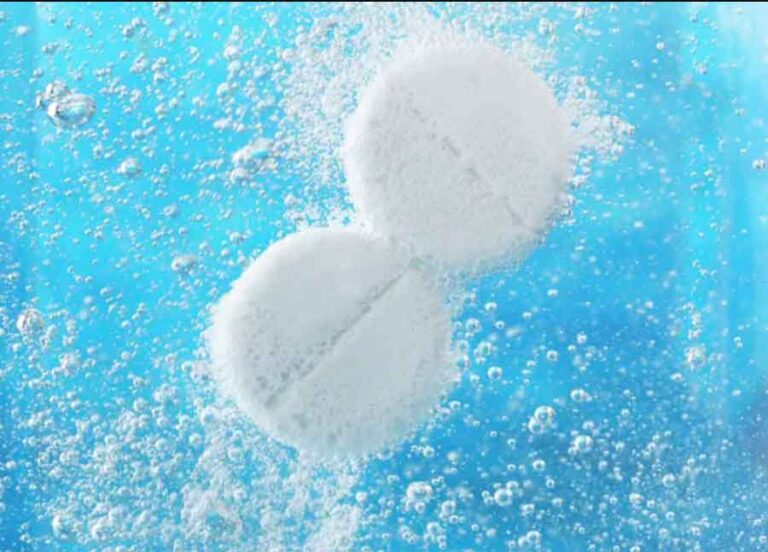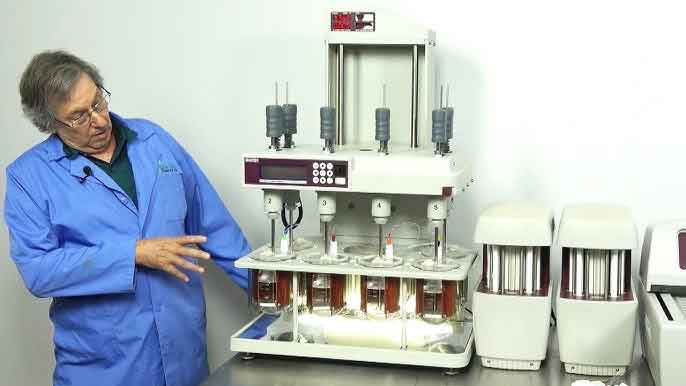Preformulation is the critical first step in the drug development process, where the physical and chemical properties of a new drug substance are meticulously analyzed. This stage is foundational for predicting how the substance will behave during formulation and storage, and it informs decisions that can significantly impact the drug’s effectiveness and safety profile. By thoroughly understanding the drug’s solubility, stability, and compatibility with other ingredients, scientists can design more effective and reliable drug products.
The goals of preformulation studies are to choose the correct form of your drug substance, evaluate its physical properties and generate a thorough understanding of the material’s stability under various conditions, which will guide the formulation strategy, ensure the drug’s viability, and help choose the proper drug delivery system. It involves a series of studies that assess the drug’s characteristics, such as its crystalline structure, hygroscopicity, and photostability.
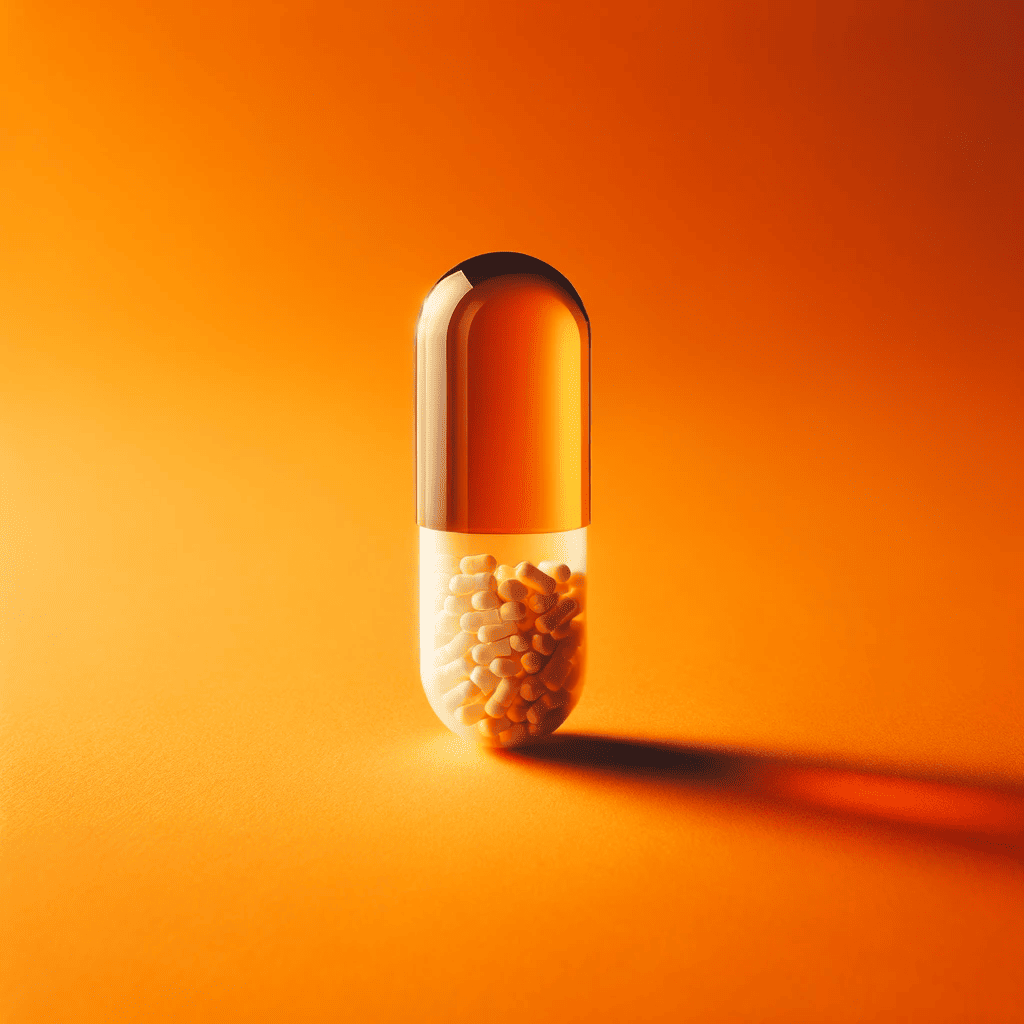
Key Objectives of Preformulation Studies
The key objectives of preformulation studies in drug development are:
Characterization of Physical Properties: To determine the drug’s morphological characteristics, such as particle size, shape, and polymorphism, which can affect its solubility and bioavailability.
Chemical Stability Analysis: To assess the stability of the drug under various conditions, identifying potential degradation products and pathways to ensure the drug’s efficacy and safety over its intended shelf life.
Solubility and Dissolution Profiling: To evaluate the solubility of the drug in different solvents and its dissolution rate, which are critical for dosage form design and ensuring consistent drug delivery and therapeutic effect.
Compatibility with Excipients: To investigate the interaction between the drug and excipients, which is essential for preventing adverse reactions and ensuring the stability and effectiveness of the final pharmaceutical product.
Optimization of Formulation: To use the data obtained from preformulation studies to select the appropriate formulation strategies, such as solid dosage forms, liquids, or semi-solids, that will maximize the drug’s therapeutic potential.
Key Components of Preformulation Studies
Preformulation studies are a critical phase in the drug development process, where various scientific evaluations are conducted to characterize the physical and chemical properties of a drug substance. These studies aim to generate data that can inform the design of stable and effective dosage forms. Here are the key components of preformulation studies:
Solubility Analysis Solubility analysis is pivotal in preformulation studies as it directly impacts the drug’s absorption and dissolution rate. Poor solubility can lead to low bioavailability, making the drug less effective. During this phase, scientists determine the solubility profile of the drug in different solvents, which aids in selecting the appropriate formulation strategy to enhance solubility if necessary.
Melting Point Determination The melting point of a drug substance is indicative of its purity and chemical stability. A consistent melting point suggests a uniform substance, which is crucial for reproducible manufacturing and product quality. Preformulation studies assess the melting point to predict the drug’s behavior during processing and storage, ensuring it remains stable and effective.
Partition Coefficient The partition coefficient is a measure of how well a drug distributes between a hydrophobic (oil-like) phase and a hydrophilic (water-like) phase. It’s a critical property that influences the drug’s absorption, distribution, metabolism, and excretion (ADME) profile. Preformulation studies must establish an optimal partition coefficient to ensure the drug can effectively reach its target site in the body.
Stability Testing Stability testing in preformulation studies involves exposing the drug substance to various environmental conditions to observe any physical or chemical changes. This testing helps in understanding the degradation pathways and shelf life of the drug. The data gathered is used to develop proper storage conditions and packaging materials to maintain drug stability.
Formulation Studies Formulation studies are conducted to identify the best combination of active drug and excipients that result in a stable and effective final product. These studies involve testing various formulations to determine the one that optimizes the drug’s performance characteristics, such as its release profile, stability, and patient acceptability.
Compatibility Studies Compatibility studies are essential to ensure that the drug substance does not react adversely with other components in the formulation. These studies help in identifying any potential interactions that could compromise the drug’s efficacy or safety. The results guide the selection of compatible excipients and the design of the final dosage form.
Crystallinity and Polymorphism Crystallinity and polymorphism studies are crucial as different crystalline forms of a drug can have varying solubility, stability, and bioavailability. Preformulation studies investigate these properties to select the most suitable crystalline form for development, aiming to optimize the drug’s performance and ensure batch-to-batch consistency.
Hygroscopicity Hygroscopicity refers to the drug substance’s ability to absorb moisture from the environment. Preformulation studies assess this property to predict how environmental humidity might affect the drug. Understanding hygroscopicity is vital for determining the need for special packaging and handling procedures to protect the drug’s stability.
Bulk Density and Flow Properties The bulk density and flow properties of a drug powder affect its manufacturability. These properties influence the drug’s ability to be processed into tablets or capsules and ensure uniformity in dosing. Preformulation studies evaluate these characteristics to facilitate the development of manufacturing processes that are efficient and produce high-quality products.
Benefits of Preformulation Studies
The benefits of preformulation studies in drug development are mu:
Risk Reduction: By identifying potential issues with the drug’s physical and chemical properties early on, preformulation helps to mitigate risks that could arise later in the development process.
Cost and Time Efficiency: Preformulation can save significant time and resources by ensuring that only drug candidates with favorable properties move forward in the development pipeline.
Enhanced Drug Performance: The data obtained from preformulation studies guide the formulation of the drug, leading to improved solubility, stability, and bioavailability, which are crucial for therapeutic effectiveness.
Regulatory Success: Comprehensive preformulation data is essential for regulatory submissions. It demonstrates a thorough understanding of the drug substance, which is critical for regulatory approval.
Informed Decision Making: Preformulation provides a scientific basis for making informed decisions about formulation strategies, excipient selection, and packaging materials.
Quality Control: Early characterization of the drug substance facilitates the development of robust analytical methods, which are vital for maintaining quality control throughout the drug’s lifecycle.
Controlled release formulations (CRFs) are a important innovation in drug delivery, offering a variety of benefits over traditional methods. By enabling a steady release of medication, CRFs can maintain therapeutic drug levels, enhance patient compliance, and potentially reduce healthcare costs.
Enhanced Precision in Drug Release
The precision in drug release rates is a critical aspect of controlled release formulations. This precision ensures that the drug is released into the bloodstream at a consistent rate, avoiding the high peaks and low troughs in drug concentration that are typical of conventional dosage forms. Such control is particularly vital for drugs with a narrow therapeutic index, where slight variations in drug levels can lead to subtherapeutic effects or toxicity.
Patient Centricity
The design of controlled release systems is increasingly patient-centric. The goal is to create formulations that are not only effective but also convenient and comfortable for patients to use. This includes considerations for the size, shape, and texture of the delivery device, as well as the route of administration.
Modified release process
Biodegradable polymers, like PLGA are used to control the release of the API from the formulation through one of two approaches:
- Coating of tablets or multiparticulates
- Development of matrix tablets or multiparticulates with or without additional coatings
- Release of the API dependent on the type of polymer and strategy used to produce the finished product
Modified release types
- Extended release (XR) or long-acting (LA)
- Sustained release (SR)
- Controlled release (CR)
- Delayed release (DR)
- Enteric coating
- Repeat action or pulsatile release
Diffusion Modified Release Systems: These systems utilize a semi-permeable membrane that allows the drug to diffuse at a controlled rate. determined by the concentration gradient.
Dissolution Modified Release Systems: In these systems, the drug is embedded in a matrix that dissolves over time, releasing the drug gradually. The rate of dissolution and, consequently, the release rate can be manipulated by the composition of the matrix.
Osmotically Modified Release Systems: These use osmotic pressure to deliver the drug at a consistent rate. A semi-permeable membrane surrounds a core containing the drug and osmotic agents. Water enters the core through the membrane, creating pressure that pushes the drug out through a laser-drilled orifice.
Ion-Exchange Controlled Release Resins: These systems involve resins that release the drug in exchange for ions in the gastrointestinal tract. The rate of exchange and thus the drug release can be controlled by the choice of resin and drug properties.
Preformulation Capabilities:
- Differential Scanning Calorimetry: Essential for determining the thermal properties of a substance, which is crucial for designing controlled release formulations.
- X-ray Powder Diffraction: Utilized to characterize crystalline materials, ensuring the stability and efficacy of controlled release medications.
- Dynamic Vapor Sorption: Measures how a substance interacts with moisture, which can impact the controlled release behavior of the drug.
- Infrared Spectroscopy: Identifies chemical bonds and molecular components critical to the controlled release matrix.
- Particle Size Analysis: The size of particles can significantly affect the dissolution rate, hence the controlled release profile.
- Particle Physical Properties: Understanding these properties is key to predicting how the drug will behave in a controlled release system.
- Scanning Electron Microscopy: Provides detailed images of the drug’s morphology, aiding in the optimization of controlled release formulations.
Formulation Capabilities:
- Method Development and Validation: Establishing reliable methods for creating controlled release formulations.
- Stability Testing: Ensuring that the controlled release formulation maintains its integrity over time.
- Assay and Impurities: Determining the purity and strength of the controlled release formulation.
- Dissolution Profile: Analyzing how the drug releases over time, which is fundamental for controlled release systems.
- Release Kinetics Analysis: Studying the release rate of the drug from the controlled release system to ensure desired therapeutic outcomes.
- PBPK Modeling Expertise: Our physiological-based pharmacokinetic (PBPK) modeling expertise is crucial in determining API feasibility for controlled/sustained release and supporting formulation development.
Process Scale-up:
- Key Process Parameters Identified: Pinpointing the parameters that affect the controlled release outcome.
- Batch Record Drafted: Documenting the process to ensure consistent controlled release quality.
Process Demonstration:
- Performance Trending: Monitoring and adjusting processes to optimize the controlled release performance.
Clinical Supplies:
- Compliant Material for Human Use: Ensuring that the controlled release product meets regulatory standards.
Registration Batches:
- 1/10 Scale or 100,000 Unit Yield Minimum: Producing controlled release batches to validate the manufacturing process.
Validation Batch Manufacture:
- Full Scale and at Least 3 Batches: Confirming the reproducibility and consistency of the controlled release product.
Commercial Production:
- Full Scale: Manufacturing the controlled release product at commercial quantities to meet market demand.
- Lifecycle Management: Extending the commercial life of drugs through controlled release reformulation strategies.
Fluid Bed Drying: This drying process is integral to creating a uniform and stable controlled release product, ensuring that each granule maintains the same drug release profile.
Dry Granulation: Employed when the drug does not compress well after wet granulation, this method is also conducive to creating controlled release profiles.
Wet Granulation: Criitical in combining drug substance with excipients to produce a granulate that ensures uniform content distribution for controlled release.
Top Spray Granulation Process: A granulation technique that forms granules, which are then utilized in controlled release systems to precisely modulate drug release rates.
Wurster HS Coating: This coating process applies a thin, uniform layer to particles, which is essential for the consistency of controlled release medications.
High Shear Mixing: Used to blend ingredients thoroughly, this process is critical for the homogeneity of controlled release tablets.
Rotor Processing: A method that ensures the even distribution of active ingredients, which is vital for the efficacy of controlled release formulations.
Pan-Coating: A process that coats tablets or particles, often employed to create a barrier for controlled release applications.
Extrusion Spheronization: Produces uniform pellets, which are ideal carriers for controlled release drugs, ensuring a consistent release pattern.
Twin Screw Wet Granulation: An advanced granulation process that enhances the controlled release properties of pharmaceuticals as well as stability and efficacy by creating uniform granules.
Hot Melt Extrusion: A process that shapes and solidifies a drug/polymer blend, pivotal for creating controlled release dosage forms with precise release characteristics.
Laser Drilling: A precision technique used to create orifices in controlled release capsules or tablets, which is crucial for controlling the drug release rate.
Extrusion and Spheronization: This is used to form spherical pellets with a uniform size, which is essential for achieving the desired controlled release rates.
Milling: Milling is used to achieve the desired particle size distribution, which can influence the controlled release behavior of the drug.
Tablet Manufacturing: Designed to compress powder into tablets, this equipment can be adjusted to produce controlled release tablets by modifying compression force and dwell time.
Tablet and Bead Coating: Coating is a crucial step in creating a controlled release barrier, allowing for the gradual release of the drug.
Hard-shell Capsule Filling: This equipment fills capsules with powders, beads, or tablets, and can be used to encapsulate controlled release formulations.
Tablets:
- Matrix Tablets: Designed to slowly dissolve and deliver the medication, providing a controlled release of the active ingredient.
- Film Coated Tablets: A film layer is applied to regulate dissolution, essential for achieving a controlled release effect.
- Osmotic Tablets: Utilize osmotic pressure to deliver the drug at a predetermined rate for controlled release.
- Bi-layer Tablets: Combine two layers with different release profiles, often used in controlled release systems.
- Tri-layer Tablets: Offer a sophisticated controlled release mechanism by incorporating three distinct layers.
- Traditional Tablets: Can be engineered to have controlled release properties through various formulation techniques.
Coated Pellets/Beads:
- High-Potency Pellets: Manufactured to deliver a powerful dose while maintaining controlled release characteristics.
- Drug-Layered Spheres: Engineered for sequential controlled release of multiple drugs.
- Taste Mask Particles: Designed to mask unpleasant tastes while providing a controlled release.
- Modified Release Pellets: Customized to alter the release rate for a controlled release profile.
Capsules:
- Immediate Release Powder-in-a-Capsule: While primarily for immediate release, can be modified for controlled release.
- API-in-a-Capsule: The active pharmaceutical ingredient can be formulated for controlled release within a capsule.
- Beads for CR: Specially designed beads that ensure controlled release of the medication.
- Tablets in Capsules: A unique approach where tablets with controlled release properties are encased in capsules.
Related Services
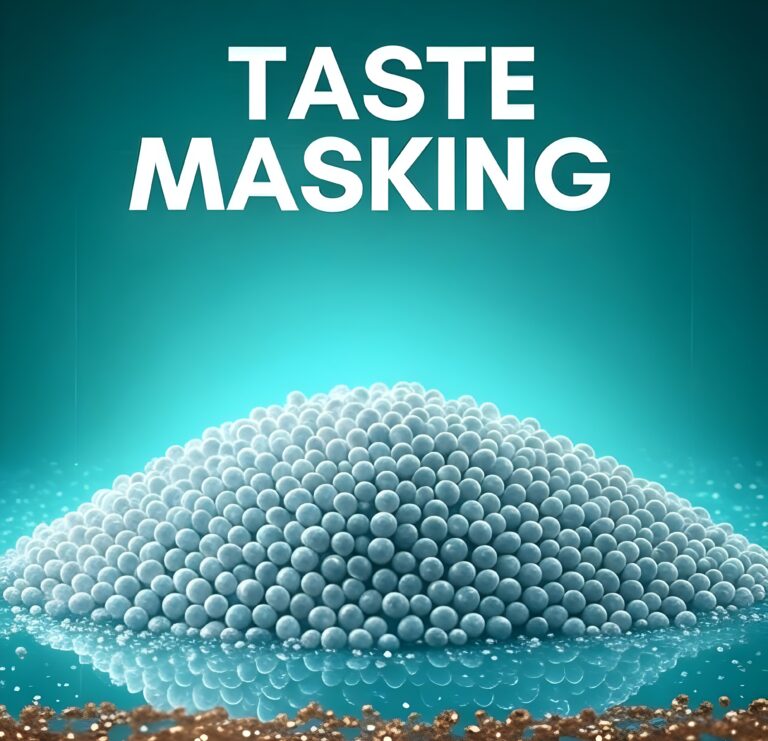



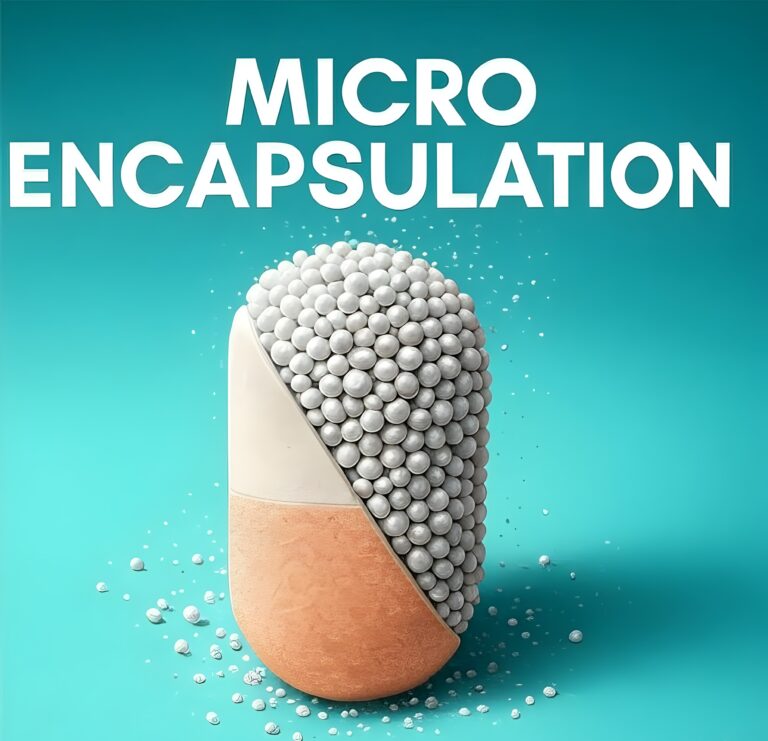


FAQs
Here are some frequently asked questions about Controlled Release Formulations
Controlled release formulations are advanced pharmaceutical products designed to release the active pharmaceutical ingredient (API) at a predetermined rate, maintaining therapeutic drug levels in the bloodstream over an extended period. This is achieved through various formulation and process technologies that control the rate at which the drug is released from the dosage form. The goal is to optimize the therapeutic effects while minimizing side effects, improving patient compliance by reducing the frequency of dosing.
The benefits of controlled release formulations include improved patient compliance due to reduced dosing frequency, enhanced efficacy through maintaining steady drug levels, minimized side effects by avoiding peak plasma concentrations, and potentially reduced overall treatment costs. CR formulations can also enable the targeting of specific absorption sites within the gastrointestinal tract, offering therapeutic advantages for drugs with limited absorption windows.
CR formulations enhance patient compliance by simplifying dosing regimens—reducing the number of doses needed per day, which can decrease the likelihood of missed doses and make it easier for patients to adhere to their treatment plan. This is particularly beneficial for chronic conditions requiring long-term medication, improving the overall effectiveness of therapy and patient quality of life.
There are several types of controlled release technologies, including:
- Coating technologies: Apply polymers that dissolve or erode over time.
- Matrix systems: Embed the drug in a polymer matrix that controls the release rate.
- Osmotic pump systems: Use osmotic pressure to release the drug at a controlled rate.
- Microencapsulation: Encase the drug in microcapsules with controlled release properties.
- Liposomes and nanoparticles: Employ nano-sized carriers to deliver the drug in a controlled manner.
Each technology has its advantages and is selected based on the specific requirements of the API and the desired release profile.
While many drugs can benefit from controlled release formulations, not all are suitable candidates. The feasibility depends on the drug's physicochemical properties, therapeutic window, dose size, and absorption characteristics. Drugs with a narrow therapeutic window, suitable half-life, and stability under CR formulation conditions are good candidates. The development process involves thorough evaluation and optimization to ensure that the controlled release formulation achieves the desired therapeutic effect.
Hycon approaches the development of a CR formulation through a systematic process that includes:
- Initial assessment: Evaluate the API's suitability for CR formulation.
- Formulation development: Design and test various formulation strategies to achieve the desired release profile.
- Analytical testing: Conduct rigorous testing to characterize the release kinetics and ensure uniformity and stability.
- Scale-up and manufacturing: Optimize the process for commercial-scale production while maintaining the CR properties.
- Regulatory support: Provide documentation and support for regulatory submissions.
Throughout this process, the CDMO works closely with the client to meet their specific requirements and regulatory standards.
Regulatory considerations for CR formulations include demonstrating the formulation's safety, efficacy, and quality. This involves providing detailed information on the formulation design, manufacturing process, quality control measures, and bioequivalence studies if applicable. Regulatory bodies, such as the FDA and EMA, may have specific guidelines for CR formulations, including requirements for in vitro and in vivo release testing. Compliance with these guidelines is crucial for approval.
CR formulations can impact the stability of drugs in both positive and negative ways. On the positive side, encapsulating or embedding the drug in protective matrices can shield it from environmental factors, potentially enhancing stability. However, the formulation process and the materials used can also pose stability challenges, requiring careful selection of excipients and optimization of the formulation to maintain the drug's integrity over its shelf life.
Yes, CR formulations can be developed for both oral drugs and a variety of other dosage forms. Oral CR formulations are common and include tablets, capsules, and suspensions designed for extended release.
Hycon can provide comprehensive support in scaling up CR formulations for commercial production, including:
- Process optimization: Refining the manufacturing process to ensure it is efficient, reproducible, and scalable.
- Equipment selection: Identifying and configuring the right equipment to maintain the CR properties during large-scale production.
- Quality assurance: Implementing robust quality control measures to ensure each batch meets the specified release criteria and regulatory standards.
- Regulatory compliance: Preparing and reviewing documentation for regulatory submissions, ensuring compliance with all relevant guidelines.
- Supply chain management: Securing reliable sources for high-quality raw materials and excipients needed for production.
Collaborating with Hycon that has expertise in CR formulation development and manufacturing can significantly streamline the path to market for pharmaceutical companies.


